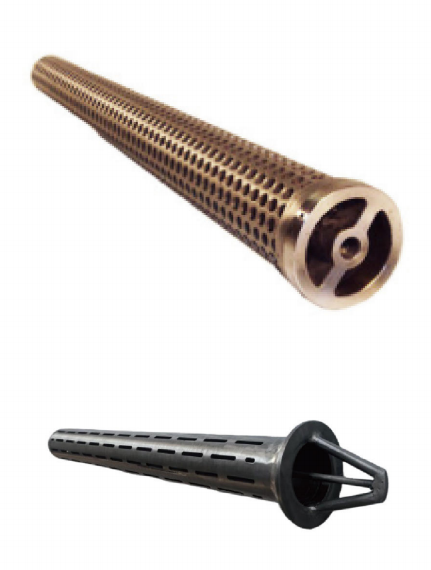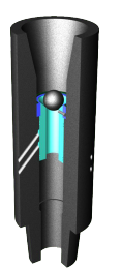In oil drilling operations, Anti-Splash Valves are primarily used to control the flow of high-pressure fluids (e.g., drilling mud, oil-gas mixtures) to prevent splashing, blowouts, or environmental contamination caused by sudden pressure changes or excessive flow rates. Their design must account for the harsh conditions of drilling (high pressure, high velocity, abrasive/corrosive media). Below is a detailed breakdown:
1. Flow Diversion and Pressure Buffering
Multi-Stage Throttling:
Uses stepped or tapered flow channels to gradually reduce fluid velocity. For example, as drilling mud enters the valve from narrow drill pipes, the expanding cross-sectional area dissipates kinetic energy into heat, reducing turbulence.
Helical Flow Vanes:
Guides fluid into a rotational flow to promote laminar flow (reducing vortices) and enhance gas-liquid separation (critical for gas-cut mud).
2. Rapid Response and Sealing
Spring/Hydraulic Damping Systems:
Valve opening/closing is controlled by springs or hydraulic dampers. For instance, when abnormal pressure or flow surges (e.g., a well kick) are detected, hydraulic systems trigger millisecond-level closure.
Dual Sealing Mechanism:
Combines metal-to-metal seals (high-pressure resistance) with elastomer seals (e.g., fluorocarbon rubber) to handle abrasive particles (e.g., rock cuttings) while maintaining sealing integrity.
3. Gas-Liquid Separation and Venting
Integrated Separation Chamber:
Uses centrifugal force or gravity to separate gas from liquid in a dedicated chamber, preventing gas expansion-induced splashing (e.g., foaming in gas-invaded mud).
Automatic Venting Valves:
Release accumulated gas to maintain single-phase liquid flow.
4. Anti-Clogging and Corrosion Resistance
Self-Cleaning Flow Paths:
Polished or coated surfaces (e.g., tungsten carbide) minimize adhesion of cuttings/clay.
Corrosion-Resistant Materials:
Valve bodies use high-chromium steel, duplex stainless steel, or nickel alloys (e.g., Inconel 625) to resist H₂S, CO₂, and brine corrosion.










